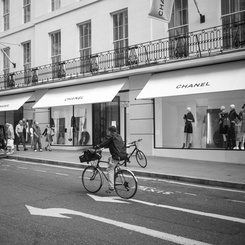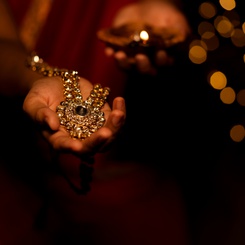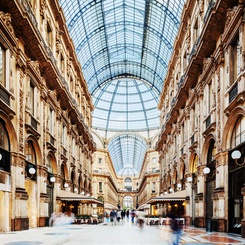The brand. The myth. The legend. A brand’s heritage plays an important part in brand management, driving its value and consumer trust. It’s an invaluable aspect of its pedigree, because of its uniqueness and the fact that it is difficult for competitors to copy.
But simply the fact of having been around for decades does not a heritage brand make. Being a heritage brand means that the brand creates a narrative about its history and leverages that for marketing purposes. This is the case for many luxury brands: think of Chanel, Louis Vuitton, and Hermès use their history in how they communicate and market their products. Louis Vuitton started out with its signature flat-top trunks, and still weaves the “spirit of travelling” into its brand identity. Luxury champagne brand Dom Pérignon draws its name from a 17th century monk, who, according to legend, accidentally discovered champagne. In fact, the real Dom Pérignon did indeed discover several winemaking innovations, but not the méthode champenoise: the brand has cultivated the myth around the invention of champagne in its marketing, rather than the true historical events.
On the other hand, we have L’Oréal- founded before Chanel, but not considered a heritage brand. Instead, L’Oréal positions itself as a leader in beauty innovation- priding itself on research excellence, constant evolution, and cutting edge technology, and using those as levers instead of history in its brand management. There is also the case of Hugo Boss. Founded in 1924, it saw a large boost in sales during World War II...because it supplied the Nazi government with uniforms. Naturally, Hugo Boss prefers to leave that part of its history out of its marketing. Both of these brands are thus considered “brands with heritage”, rather than “heritage brands”, despite their longevity. These examples highlight that longevity, while important, does not immediately qualify one as a heritage brand.
Nor does a lack of longevity immediately take younger brands out of the running. While longevity is proof positive of long-lasting consumer trust and brand credibility, newer brands that draw on heritage can still be considered heritage brands. Consider the case of Shang Xia, a Chinese brand founded by Hermès in 2008: it uses traditional Chinese craftsmanship, drawing on cultural heritage rather than the heritage of the brand itself. This means that being a heritage brand is about cultural heritage as well as corporate heritage, and that marketing managers can cultivate a heritage brand by weaving together elements from both. The brand’s history is not the only important element: the narrative that can be created from both cultural and corporate heritage is what cements a brand as a “heritage brand” or a “brand with heritage”.









